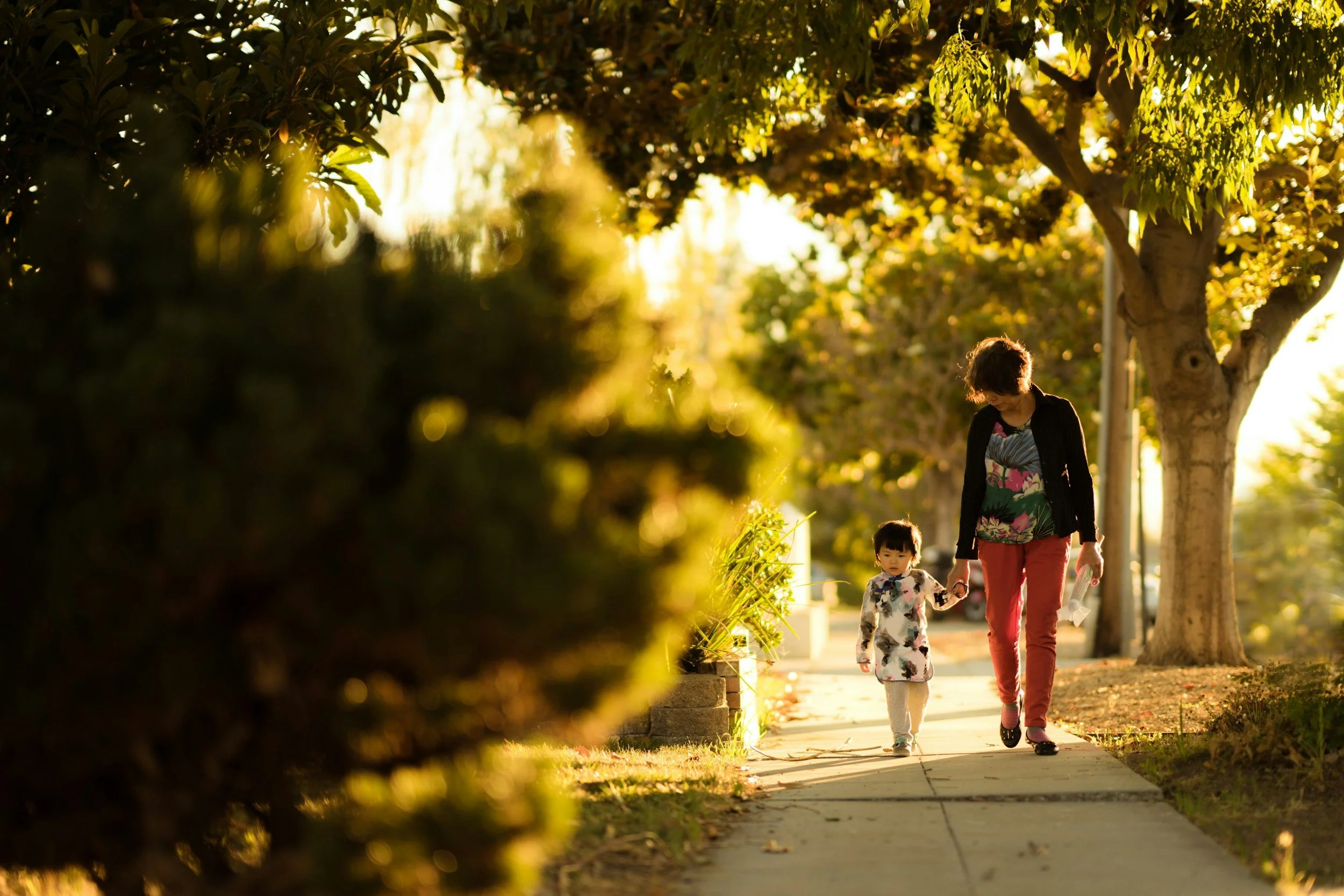
言归寻亲
Roots & Reunion
Connecting adoptees with birth families and rebuilding emotional bridges across oceans.
China’s international adoption program officially began in 1992, following the enactment of the Adoption Law,
which allowed foreign families to adopt Chinese children through legal channels.
Since then, an estimated 160,000 children have been adopted abroad, mainly to the United States, Europe, and Canada.
During the 1990s and early 2000s, the vast majority—over 90%—of adoptees were girls,
largely due to the effects of the one-child policy and traditional gender preferences.
Between 1999 and 2016, U.S. data recorded 78,257 adoptions from China, with 61% girls and 39% boys.
In 2024, China officially ended most international adoptions,
marking the close of a 30-year chapter that profoundly shaped countless families and cross-cultural identities around the world.
About the Project
Yangui Team has collaborated with local welfare institutions, NGOs, and media organizations to help overseas Chinese adoptees reconnect with their birth families in China.
Our goal is to make reunion information more accessible, empathetic, and trustworthy — turning hope into real connections..
Impact & Stories
Katie’s story.
“It all begins with an idea. Maybe you want to launch a business.”
Keith Finley
“It all begins with an idea. Maybe you want to launch a business.”
Monet Goode
“It all begins with an idea. Maybe you want to launch a business.”
Channing Lee

Practical steps and trusted links for those seeking their roots.
Resource Center
Step-by-Step Guide
—Each step brings you closer to your story’s beginning.
-
Gather every official paper tied to your adoption:
adoption certificate/decree,
abandonment or finding notice, “finding ad” (if any),
orphanage name and address, Chinese place of hukou/birth registration,
dates,
case/registration numbers, photos from the adoption trip,
any U.S./EU immigration papers (I-600/I-800, visa, Certificate of Citizenship).
If originals are missing, request copies from your adoptive agency and scan everything (PDF).
Create a one-page summary (name at adoption, Chinese name, DOB, city/county, orphanage, file/notice numbers).
Translate key Chinese items into English (or vice versa) and keep both versions.
-
Identify the city/county tied to your file, then write to the Child Welfare Institute (and the Civil Affairs Bureau) there.
Attach your one-page summary, adoption decree, and a respectful bilingual cover letter stating:
who you are,
what help you seek (checking records, posting a notice, internal match),
how to reach you.
Be concise, polite, and patient; archives may be incomplete and staff turnover common.
If email bounces, send a postal letter (trackable) and follow up by phone/WeChat during China business hours.
-
Use widely-matched consumer databases first (e.g., 23andMe, Ancestry (if available), MyHeritage, FamilyTreeDNA) and opt-in to relative matching.
Download your raw DNA data and upload to GEDmatch to expand cross-platform matches.
Complete your profile with Chinese birthplace and orphanage info.
Recheck matches monthly and message close matches (2nd–4th cousins) with a short, non-identifying note.
Be mindful of privacy; read each platform’s consent settings.
(China’s public security DNA systems are not open for general submissions.)
-
Prepare a one-page bilingual poster: clear baby/early photos, finding place/date, orphanage, contact email/WeChat, and a consent line (“Shared with permission”).
Pitch to local TV/newspapers in the birth city, Weibo/Douyin/Xiaohongshu community accounts, and reputable NGOs that run reunion programs.
Ask partners to blur faces (if desired) and avoid sharing ID numbers publicly.
Keep a spreadsheet of where/when you posted.
Never pay for “guaranteed matches”; avoid intermediaries asking for sensitive documents or fees.




